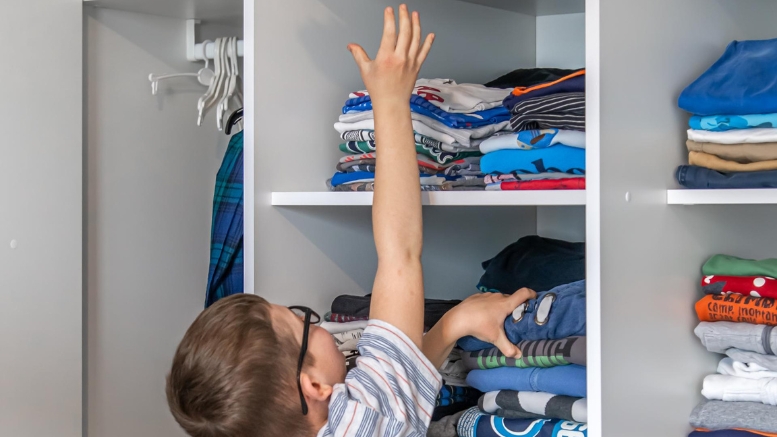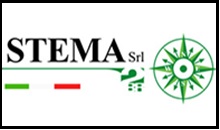During the last months the furniture sector had to deal with a particularly delicate topic that has generated quite a bit of concern throughout; we are talking about the stability of clothing storage units and the legislative requirements that have recently been introduced for the US market. Such measures have been published referring precisely to the criticality regarding the stability of certain furniture products that are considered to be one of the most frequent causes of accidents in the home.
According to the figures reported in the US Federal Register (Vol.87 No 226 Nov 2022), in the period between January 2000 and April 2022, in the United States, more than 230 fatal home accidents directly or indirectly caused by overturning of clothing storage units occurred; of these nearly 200 involved children. These numbers are absolutely dramatic, but, to the above-mentioned figures, many other accidents should be added, fortunately less serious, but which regrettably always involve children in the vast majority of cases (over 70%).
Numbers that are obviously considered unacceptable by the American government authorities, who therefore decided to start a legislative path to ensure the safety of furniture by eliminating or at least reducing the causes that lead to its tipping over in domestic environments.
The activity was coordinated by the CPSC-Consumer Product Safety Commission, the US federal agency in charge of consumer product safety, which also undertakes precise analyses to assess the evidence of potential hazards caused by or related to the use of different products. An activity that also includes the publication of mandatory technical standards, information and education of both manufacturers and end-consumers as well as other activities such as the possible recall of non-compliant products from the market.
The CPSC therefore began to investigate the specific causes that had led to or anyway favors the tipping of clothing storage units in use, considering first of all the technical standard in force in the United States, i.e. ASTM F2054-19.
In addition to the American standard, CPSC also considered the general worldwide standardization landscape on this issue, including an analysis of other documents such as EN 14749, ISO 7171, as well as a similar Australian standard.
At the end, none of the standards examined were considered adequate to prevent the incidents that occurred in the American market.
After this initial analysis, CPSC therefore determined that it necessarily had to adopt a new test method to meet the safety requirements expressed by the American government authorities.
In 2022, the “Final Rule 16 CFR 1261” was published in the US Federal Register, which contains guidance on the safety standards to be considered mandatory for furniture and furnishings that fall under the CSU-Clothing Storage Units definition.
The aim of the provision is to eliminate, or at least to reduce, the risks of furniture tipping over by complying with certain requirements that can be verified by laboratory tests and made clear to the end user by specific labelling. A constructive discussion with the American Home Furnishing Alliance (AHFA-American Home Furnishing Alliance) started on this first document which led to an evaluation of its practical effects on marketed products and its actual effectiveness.
In parallel to what the CPSC was doing, however, there was a second initiative that at the legislative level was called the STURDY Act (Stop Tip-overs of Unstable, Risky Dressers on Youth Act). This study considered to maintain the existing standard, ASTM F2057, but checking whether it could be updated to meet the safety requirements expressed by the American authorities.
The manufacturers were much more in favor of this second option and the following discussions finally led to a compromise between the two strategies.
A key step at this point was the review that CPSC did on the new version of ASTM F2057-23, establishing that it met the safety requirements and became the mandatory reference for CSUs at this point. The requirements in the updated ASTM standard are mandatory for furniture produced from 1 September 2023 and intended for the US market.
The standard specifies to verify the stability of CSUs complying various laboratory test: stability test to simulate a load in the cabinet, stability test to simulate a dynamic horizontal force, stability test to simulate a child’s use of a clothing Storage Unit placed on a carpet, interlock test (mechanism allowing only one drawer to be opened at a time); testing of anti-tilt systems (ASTM 3096, standard updated in 2023 as well).
ASTM F2057-23 applies to free-standing clothing storage units, including but not limited to dressers, chests of drawers, cabinets with drawers and/or doors, with the following characteristics: cabinet height ≥ 68.6 cm; weight ≥ 13.6 kg; loadable volume ≥ 90.6 dm3. Bookcases, office furniture, dining room furniture, jewellery cabinets, under-bed drawers, laundry storage units, furniture whose use is not intended for the bedroom, wall-mounted furniture are not included.














